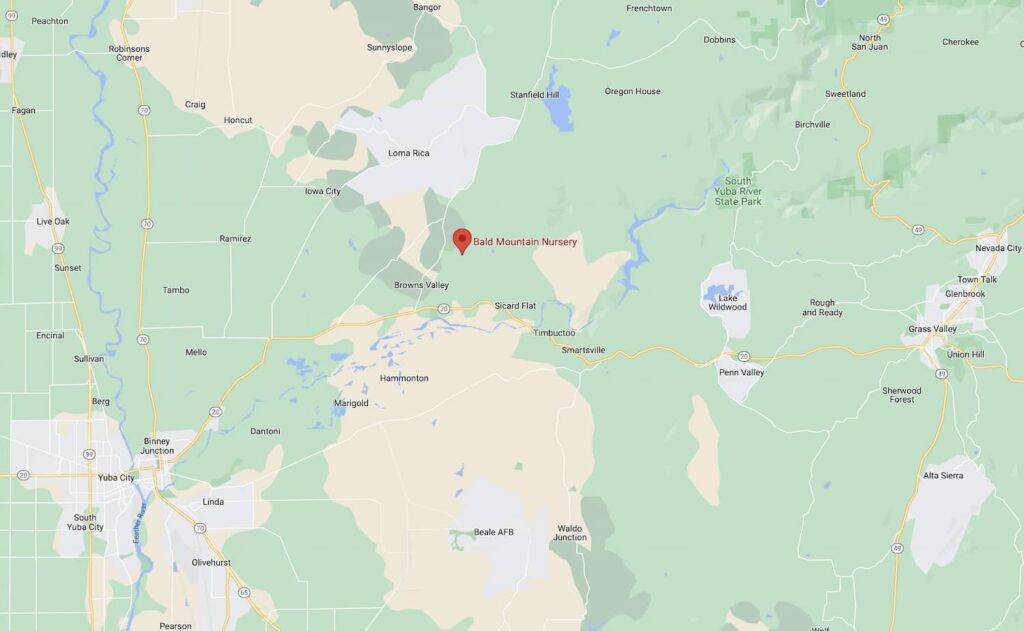July 2011
Gardening tips for July Well I hope everyone enjoyed the abbreviated spring this year. Did not really last too long. Rained and snowed forever and then not too long after it all stopped it got hot. Oh well, can’t do much about the weather. The biggest thing to do this month is water. When it is this hot it is time to step up the watering. Increase time on timers to give plants good deep soakings. Some signs to look for that show not enough water are wilting in the heat that does not recover when the weather cools for the evening. If water is not increased when you see this the next thing will be leaves dropping and flowers dropping before the blooms are spent. The next thing is edges of leaves will turn brown and then die back on branches. If you see any of these signs increase the water to the plant. If a plant is stressed due to lack of water or other reasons, use Superthrive. Mix 1 to 3 caps of superthrive with 5 gallons of water and soak the plant. This will help the plant to recover. Also a good idea to use it …

